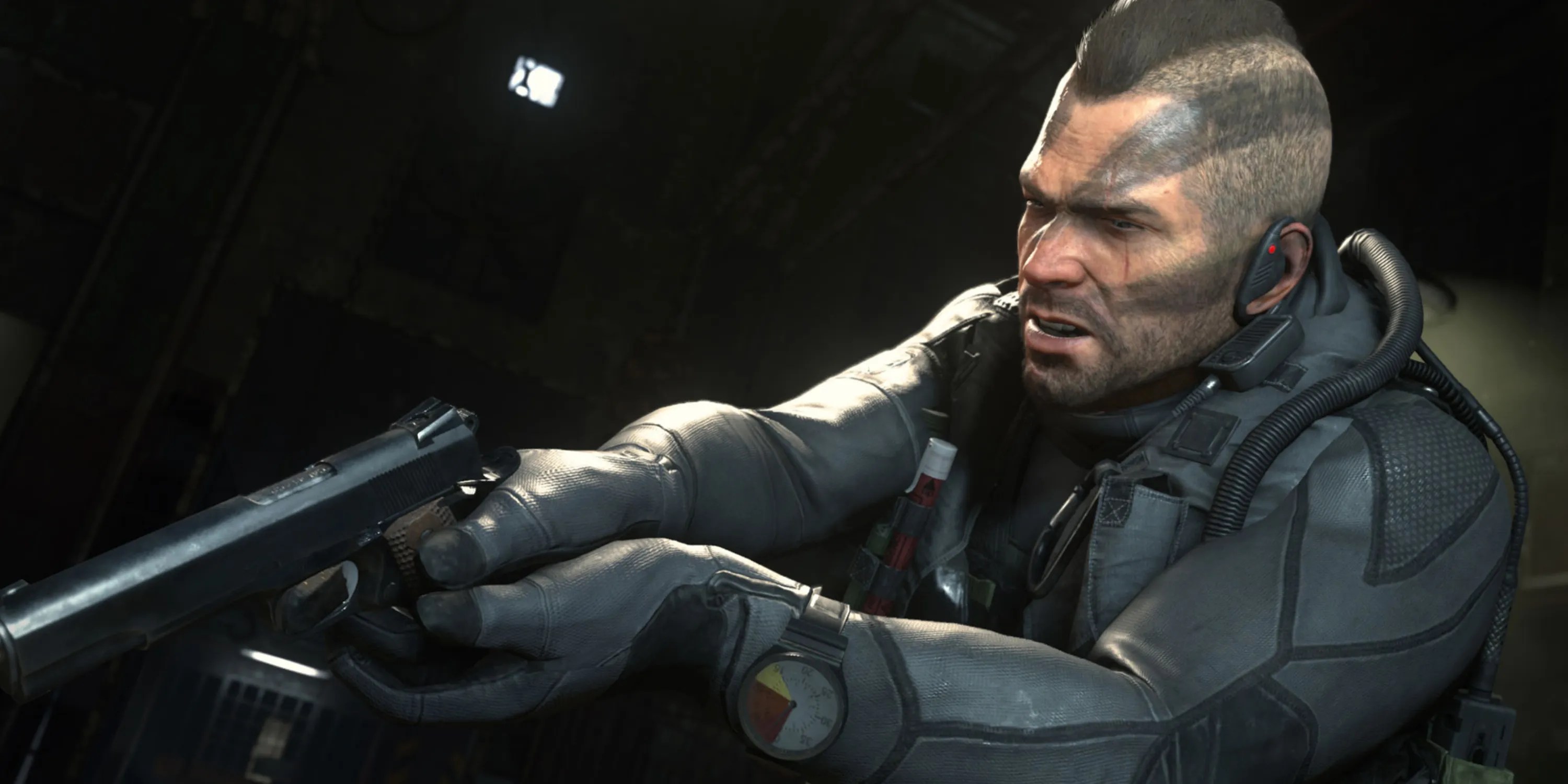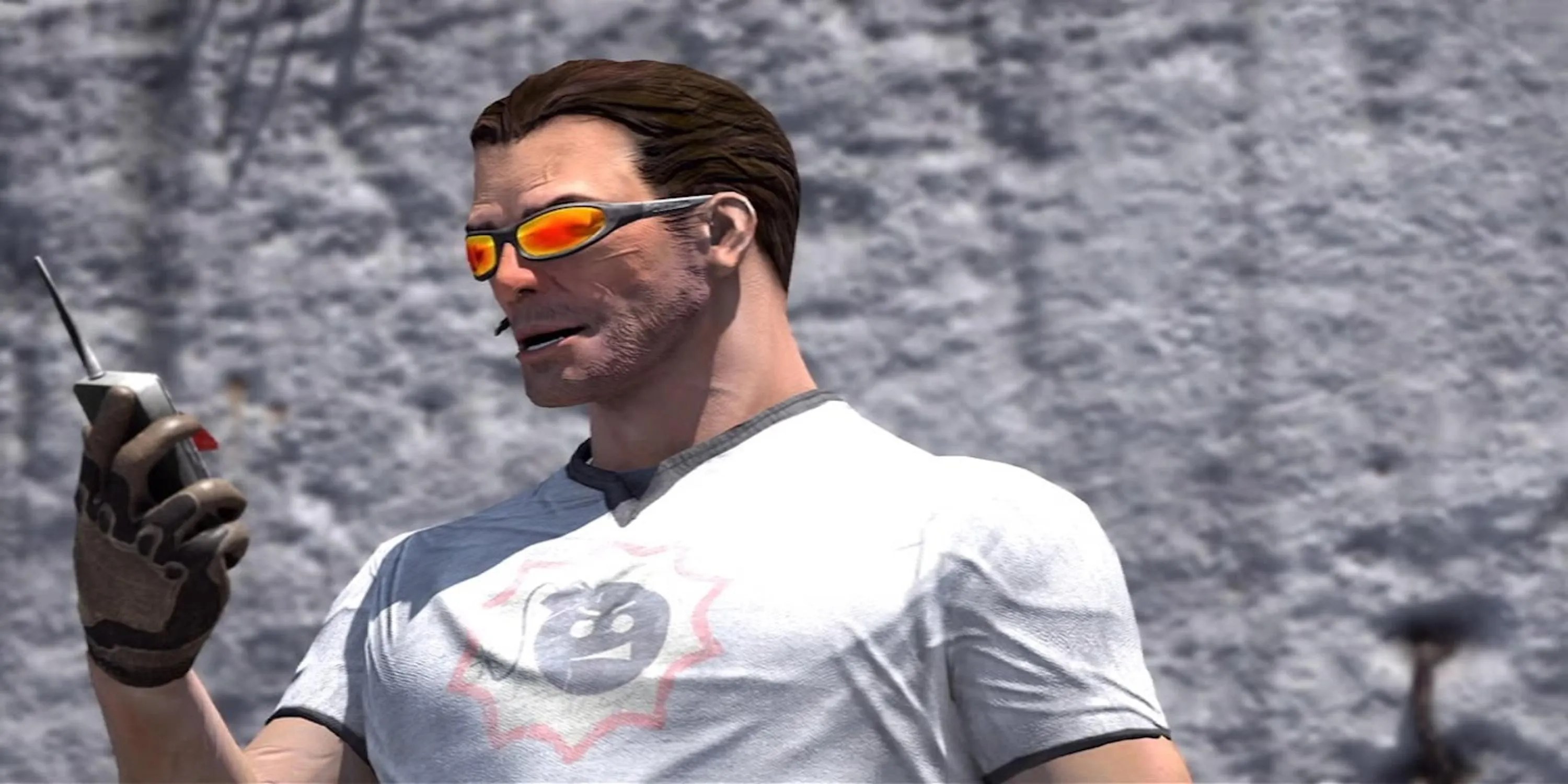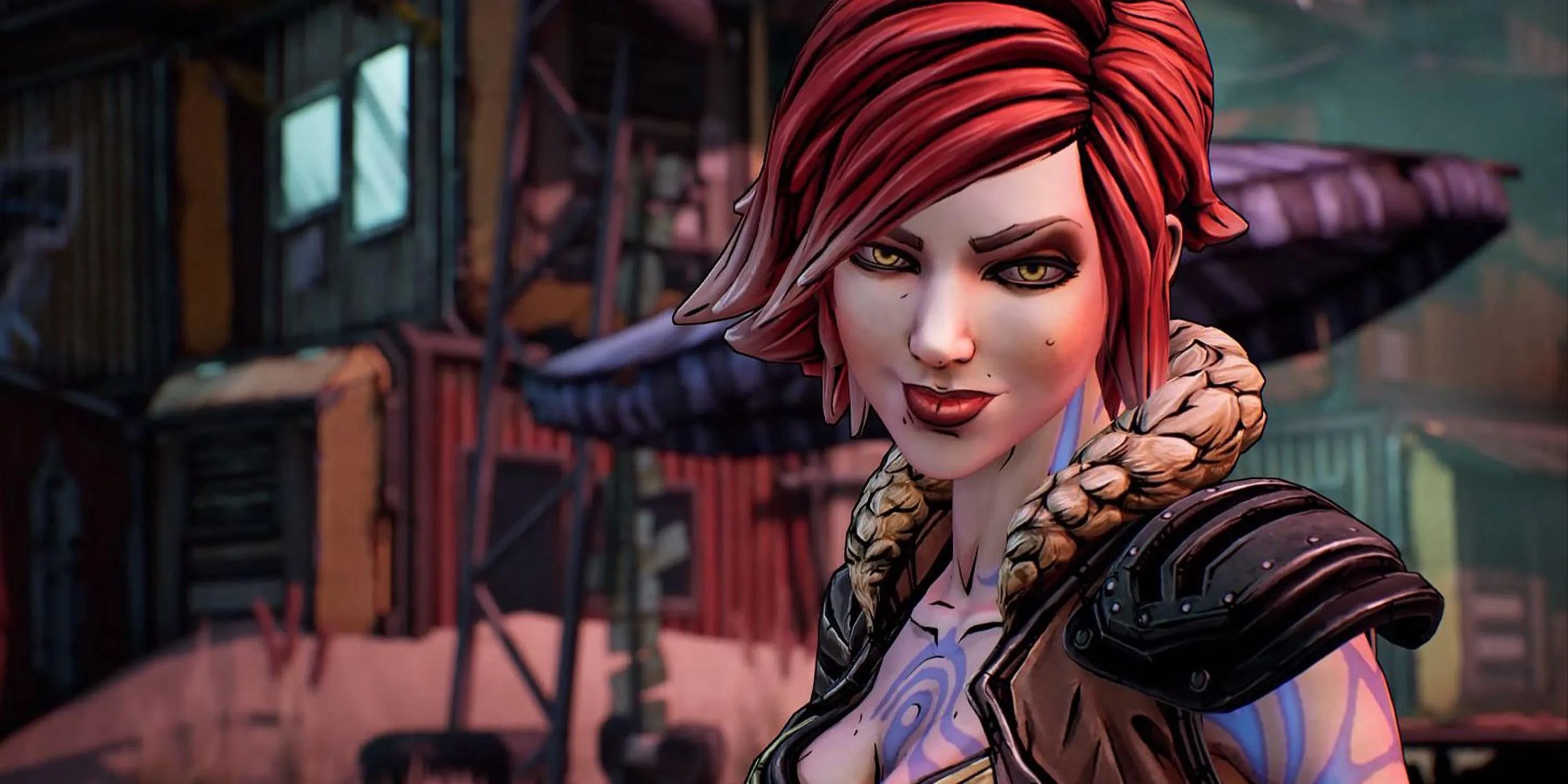Summary
Some characters become iconic because of their voice, othersbecause of their silence. In first-person shooters, where players are often strapped into the boots of relentless warriors, over-the-top heroes, or reluctant legends, a select few protagonists manage to transcend the confines of their genre. These are the faces (or helmets) people remember long after the bullets stop flying.
Whether it’s through a rich backstory, a recognizable silhouette, or just an absolutely absurd body count, the following FPS icons have carved their names into gaming history. Some talk too much, some never speak, and one of them will chainsaw an alien with a grin on his face. But all of them belong on this list.

Soap didn’t startModern Warfareas the guy everyone knew — that spot was reserved for Captain Price and his legendary mustache. But over the course of the series, John MacTavish rose through the ranks from the wide-eyed FNG to the emotionally grounded heart of Task Force 141. It’s easy to forget just how rare it was at the time to have aCall of Dutyprotagonist with a consistent arc across multiple titles, and Soap’s journey — from executing raids in Pripyat to laying down his life inModern Warfare 3— was a massive part of the franchise’s narrative evolution.
What made Soap iconic wasn’t just his slick mohawk or his signature Scottish brogue, it was the way he balanced military grit with actual personality. He joked with Ghost, clashed with authority, and most importantly, felt human in a franchise often obsessed with spectacle. Even in the rebootedModern Warfare II(2022), Soap’s return was met with widespread excitement. The writing leaned into his chemistry with Ghost, and the internet responded with memes, fan art, and full-blown TikTok edits. Not bad for someone who started the campaign as “the new guy.”

Sam Stone doesn’t do subtle. He doesn’t whisper, he doesn’t sneak, and he definitely doesn’t worry about ammo conservation. The face of theSerious Samseriesis basically Duke Nukem if Duke never took a coffee break. Originally introduced in 2001 as a time-traveling, one-liner-spouting action hero sent to stop the alien overlord Mental, Sam’s whole deal is volume — both in terms of explosions and personality.
And it works. TheSerious Samfranchise, with its ludicrous enemy waves, oversized weaponry, and deliberately chaotic pacing, only functions because Sam is at the center of it all, shrugging off kamikaze screams and casually headshotting headless bombers. He’s self-aware, ridiculous, and very much in on the joke. Whether it’s fighting through ancient Egypt or punching Lovecraftian horrors in the face, Sam brings the same unbothered confidence and absurd commentary. Over the years, his character hasn’t really evolved, but that’s the point. He’s gaming’s comfort food — loud, dumb, and absurdly satisfying.

Lilith wasn’t just a siren by title — she was a symbol of power, defiance, and neon-soaked carnage. First introduced as one of the original Vault Hunters inBorderlands, she stood out from the start thanks to her mysterious Phasewalk ability and backstory as one of the six sirens in the universe. But it was inBorderlands 2and3where her legacy really took shape, transforming her from a playable character to the driving force of the Crimson Raiders and, eventually, the literal spark that saved the planet.
Unlike many FPS protagonists, Lilith is layered. She carries trauma, makes mistakes, and pushes forward anyway. She was deeply affected by Roland’s death, took up his mantle, and made hard choices that left lasting consequences on Pandora and beyond. Her Phase abilities evolved into wings of fire, turning her into a living weapon against tyrants like Handsome Jack and the Calypso Twins. When she sacrifices herself at the end ofBorderlands 3, her phoenix-shaped flame branding the sky, it feels earned — a rare moment of gravitas in a series better known for fart jokes and loot showers.

Decades before most modern FPS heroes were even ideas, there was William Joseph Blazkowicz. From his early days pixelating Nazis inWolfenstein 3Dto the heart-wrenching, politically charged monologues inWolfenstein: The New OrderandThe New Colossus, B.J. has always been gaming’s original war-drenched icon. But he’s not the same musclebound caricature he once was.
The rebootedWolfensteingamesgave B.J. a soul. Players got to know the man behind the shotgun — a Southern soldier torn between duty and despair, haunted by childhood abuse and the ever-growing weight of his mission. His internal narration, often delivered in a quiet, broken voice between levels, turned him into one of the most compelling characters in the genre. Even when he’s dual-wielding automatic shotguns and mowing through hordes of mechs in alternate-history America, there’s always something deeper simmering underneath. Blazkowicz isn’t just a Nazi-killer. He’s a survivor, a father, and a man trying to make sure the world doesn’t burn before his children get a chance to live in it.

There’s no mistaking that helmet. No mistaking the rage either. TheDoom Slayerdoesn’t speak, but his message is loud and clear: if it moves, it dies. WhileDoomguywas once a faceless marine shooting demons in a Martian facility, the rebooted Slayer inDOOM(2016) andDOOM Eternalelevated the character to near-mythical status. He’s not just a guy with a shotgun anymore — he’s a walking apocalypse feared even by the forces of Hell.
Lore-wise, the Slayer is hilariously overqualified for every situation. He’s canonically so dangerous that demons lock themselves in vaults just to avoid him. His origin stretches across dimensions, and at one point he joins a race of alien warriors who literally give him the title “Doom Slayer” because “Doomguy” just didn’t cut it anymore. Every part of his gameplay reinforces his legend — from ripping out Cacodemon eyes to performing balletic shotgun-led dismemberment routines, the Slayer is aggression and death incarnate.And the music?Just as brutal. Mick Gordon’s heavy metal soundtrack practically syncs with his heartbeat.

Gordon Freeman may never say a word, but his presence speaks volumes. The theoretical physicist from MIT who became the poster boy for alien annihilation is one of the most enduring icons in gaming — not just because of what he’s done, but because of howHalf-Lifetold his story. Valve made the brilliant choice to never break first-person immersion, meaning Gordon never once leaves the player’s perspective, making his silence strangely powerful.
Armed with nothing but a crowbar and a Ph.D., Freeman battles his way through the Black Mesa disaster, surviving headcrab infestations, military clean-up squads, and interdimensional horror shows. But what makes him so special is how the world reacts to him. Scientists idolize him, rebels rally behind him, and enemies speak his name with dread. InHalf-Life 2, Alyx Vance treats him like a legend returned from the dead — a status that somehow feels earned despite him never uttering a single line. Freeman isn’t just a protagonist. He’s a lens through which players experience one of the most influential sagas in FPS history.

There are few silhouettes in gaming more iconic than that seven-foot Spartan in Mjolnir armor. Master Chief — or John-117, for the lore lovers — has been the face ofHalosince 2001, and in many ways, the face of Xbox itself. But despite being a genetically enhanced super-soldier trained from childhood to kill, what makes Chief iconic isn’t just his strength — it’s his restraint.
He’s calm under fire, loyal to a fault, and endlessly driven by duty, even when the orders get murky. His relationship with Cortana addedemotional depthto an otherwise stoic character, turning a monosyllabic soldier into someone fans genuinely worried about. That’s no small feat, especially when your face is never even shown.

Over the years, Master Chief has saved humanity from the Covenant, the Flood, rogue AI, and, more recently, a disgruntled alien cult that thinks he’s some kind of demon. In every battle, whether on a crumbling Halo ring or inside a Forerunner megastructure, he’s the calm in the storm. Players don’t just play as Master Chief. They become him — a walking tank with a heart buried deep beneath layers of green steel and alien shrapnel.

